Exploring Earthy Materials and Colors for a Cozy Chic Vibe
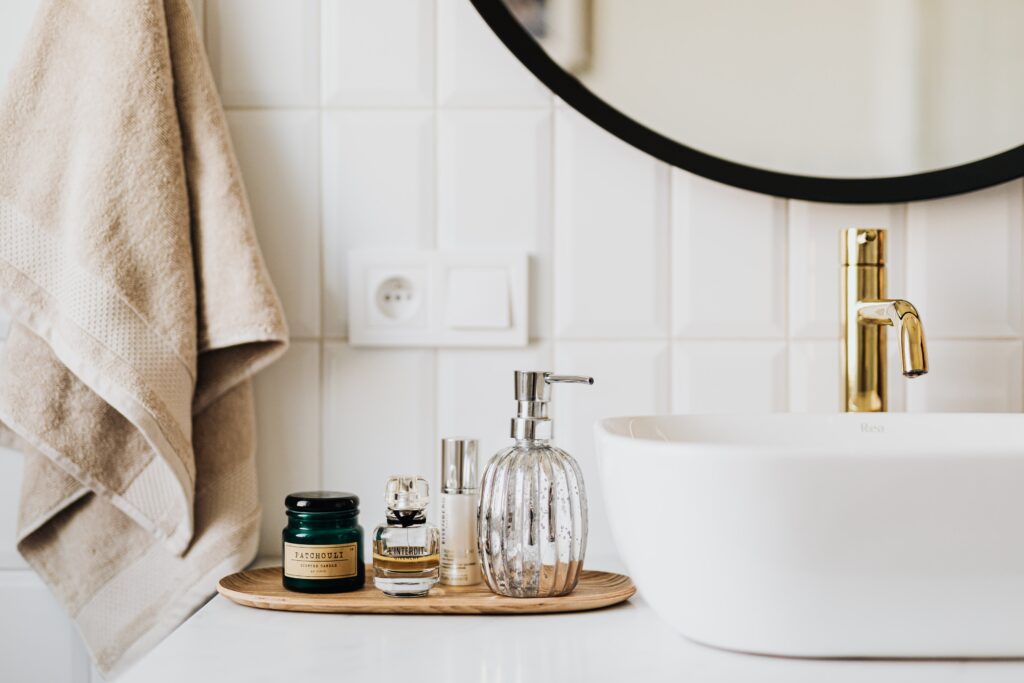
1. Earthy and Sustainable Material
Natural, sustainable materials like bamboo, cork, and jute are being used in interior design due to a growing awareness of eco-friendliness and a need for warmth and authenticity.
Bamboo is popular for its adaptability and sustainability. Bamboo is eco-friendly and rapidly renewable. Its durability and unusual texture make it ideal for flooring, furniture, and decor. Bamboo’s warm tones and organic feel quickly bring nature to any room, providing a cozy and inviting atmosphere.
Sustainable alternatives include cork oak tree bark. It’s employed in furniture, dcor, and flooring due of its insulation. Home warmth and comfort come from cork’s natural tones and smooth texture.
Rugs and design accessories made of jute are fashionable. Its earthy, neutral tones and gritty texture evoke rustic charm. Jute is eco-friendly since it degrades and renews.
Using these materials makes your space cozy and eco-friendly. A harmonious and environmentally conscientious home is created by its stunning blend of beauty and sustainability.
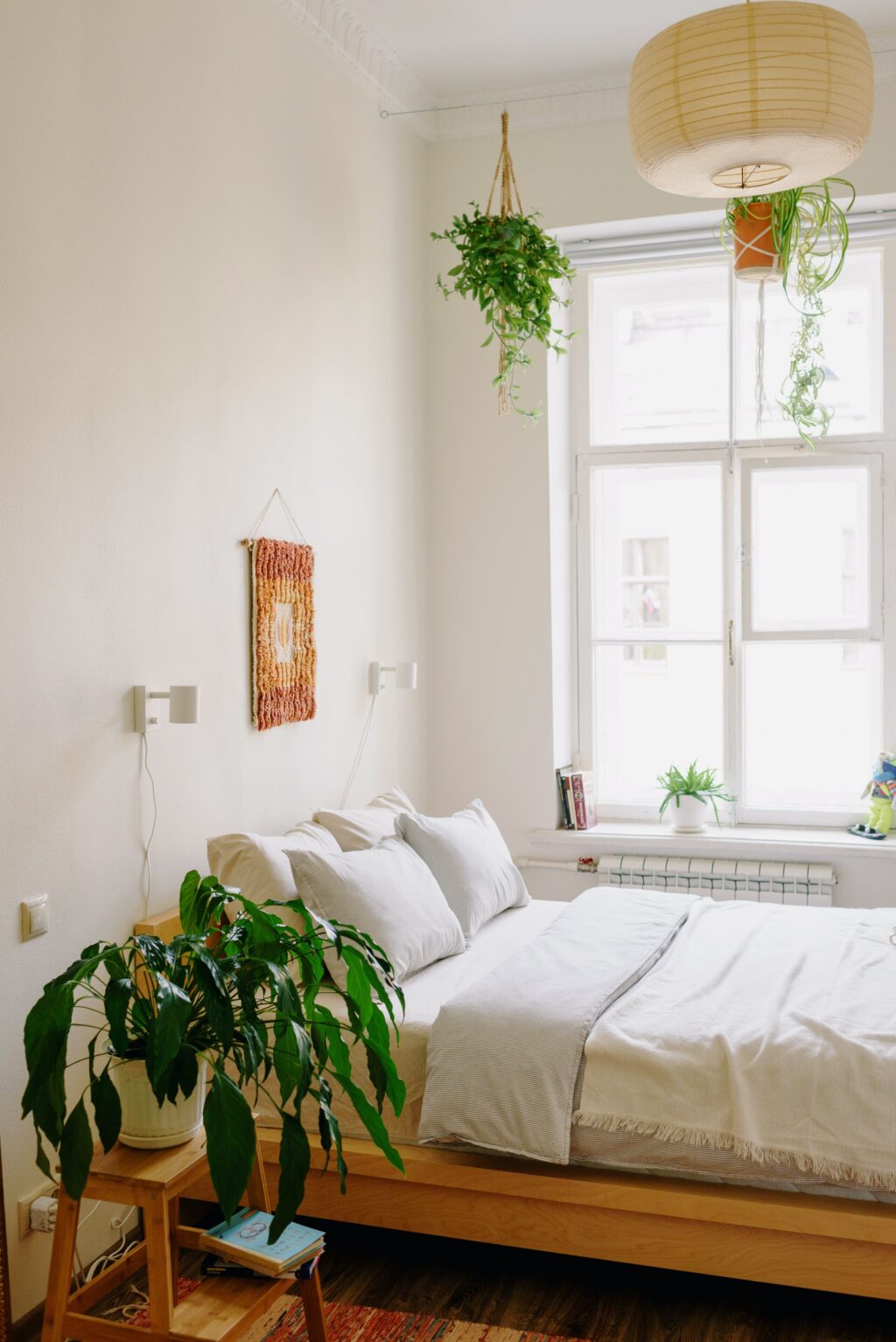
2. Biophilic Design
Biophilic design connects humans to nature in their constructed habitats. This notion uses nature’s potential to create healthier and more peaceful settings by recognizing humans’ urge to be near nature.
Plants are fundamental to biophilic design. They add life, purify the air, and energize indoor spaces. Greenery, whether it’s a lush indoor garden, potted plants, or hanging vines, reduces stress, boosts creativity, and improves air quality.
Another important factor is natural light. Optimizing sunshine through wide windows, skylights, and strategically positioned mirrors lowers artificial lighting and connects people to nature’s diurnal rhythms. Sunlight regulates circadian rhythms, improving productivity and well-being.
Organic textures include wood, stone, bamboo, and cork in interior design. These materials warm and authenticate places. Wood flooring, stone worktops, and textured wallpaper give a sense of calm and balance by connecting with nature.
Designing with these aspects improves aesthetics and creates a healthier, calmer space. Biophilic design reduces stress, boosts productivity, and improves well-being by addressing the human need to connect with nature, even in urban or indoor settings.
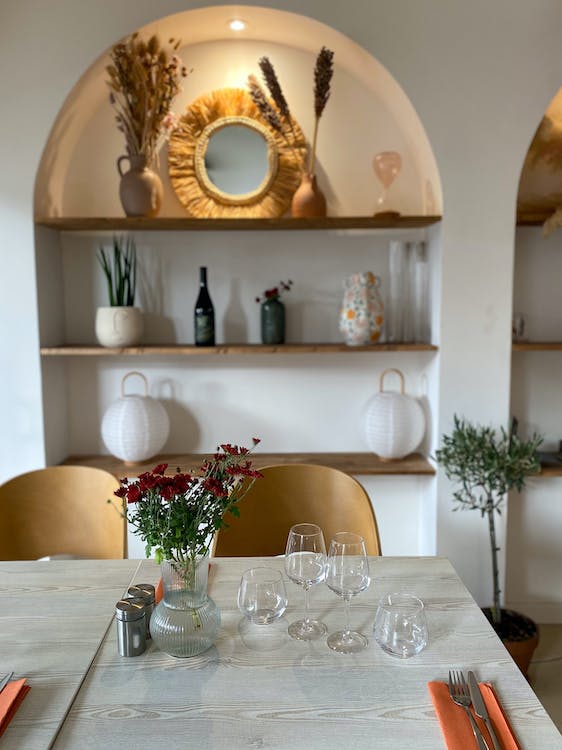
3. Earth-Toned Color Palette
Terracotta, subdued greens, and warm neutrals create a homey, grounded ambiance, making them timeless interior design choices. These natural colors bring harmony and comfort to living areas.
Clay pottery is usually terracotta, a rich red-orange. It gives a room warmth and rustic charm. Terracotta accent walls, floor tiles, and ceramics give an area a Mediterranean or Southwestern feel.
Sage and olive greens are relaxing and natural. These soothing colors are ideal for bedrooms and living rooms. Indoor plants look great with green, strengthening the outdoor connection.
Beiges, browns, and taupes create a relaxing neutral palette. They can be utilized as wall colors, upholstery, or flooring and blend well with other colors to create a pleasant, inviting ambiance.
These natural colors are soothing and grounding. They can make a room a sanctuary, promoting relaxation and linking residents to nature. Earthy tones create a warm and inviting atmosphere in interior design, whether employed as accents or dominating colors.
Minimalist Living, Textures, Statement Lighting, and Handmade Pieces: The Essentials of Chic Decor

4. Minimalist Living
Minimalist décor may declutter and simplify your home for reasons beyond aesthetics. This design approach emphasizes fundamentals, clean lines, and open spaces to relieve stress and improve well-being. It increases mobility, productivity, and sleep by limiting distractions, maximizing open space, and creating a relaxing environment. Minimalist décor prioritizes function, sustainability, and quality above abundance, conserving money and creating a timeless look. Minimalism turns your home into a peaceful, utilitarian retreat that improves your quality of life.

5. Mixed Materials and Textures
The trend of combining diverse materials and textures in decor has emerged as a prominent approach in interior design, offering a visually stimulating and engaging method for transforming living spaces. This practice involves skillfully juxtaposing elements like metals and wood, soft textiles and concrete, glass and organic materials, or marble and wood to create harmonious contrasts. The result is a dynamic interplay that balances warmth with modernity, inviting coziness with industrial charm, and sophistication with a touch of rustic. Mixing various textures within a space, such as rough brick walls with smooth leather furniture and velvety cushions, adds depth and sensory richness. This trend encourages creativity, allowing homeowners to craft personalized, captivating environments that surprise and delight the eye and touch.
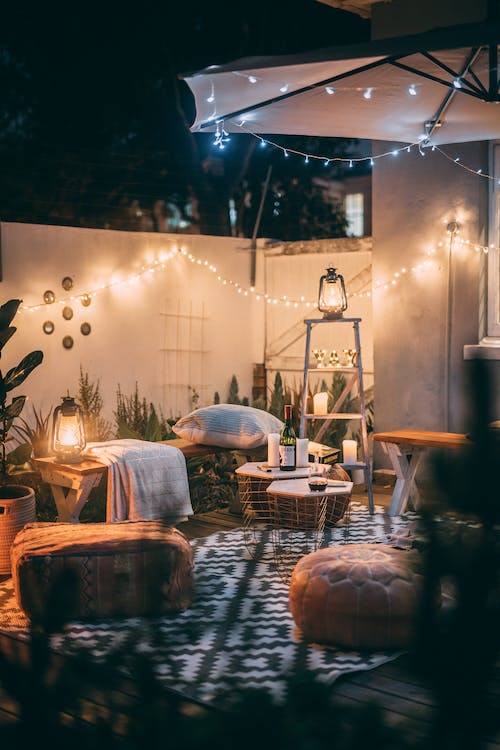
6. Statement Lighting
Interior design relies on unique lighting fixtures to add character and function. Beyond their functional use, they add visual interest and attractiveness to an area. Pendant lights, chandeliers, and sculptural lamps can instantly change a place. Their flair and style make them statement items that set the room’s tone. Lighting can also create a pleasant, appealing, or stimulating atmosphere. Unique lighting fixtures, such as an antique chandelier in a dining room, a sleek pendant in a modern kitchen, or a whimsical table lamp in a bedroom, add character and leave a lasting impression.
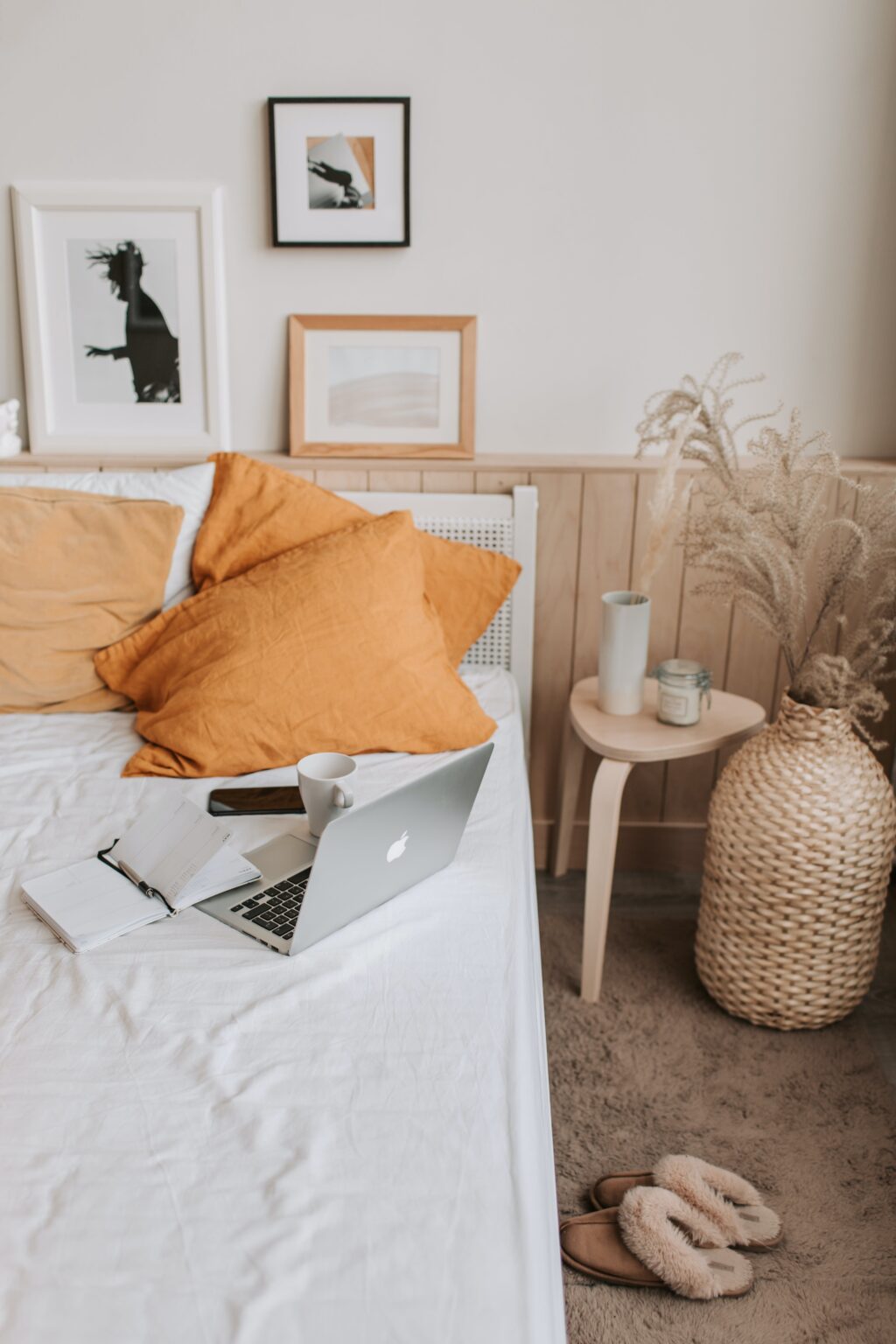
7. Artisanal and Handmade Pieces
The growing popularity of handcrafted interior design objects shows a desire for individuality and authenticity. In a world of mass-produced commodities, these unique objects often have unique designs and processes. Buying handmade things connects you to craftsmen and supports their communities, preserving traditional workmanship. These products are also considered sustainable, high-quality, and durable. They also bring international cultures and customs to our homes, adding character and warmth. The emergence of handcrafted objects shows a move toward appreciating personal touch, story, and artisanal expertise in home decor.
8. Multifunctional Furniture
Lifestyle changes and space constraints have made adaptable, space-saving furniture a necessity in modern living. These attractive, multipurpose components meet the need for space efficiency. They’re valued for their ability to maximize living spaces, adapt to multifunctional settings, and fluidly switch functions, such as a bed that converts to a sofa or a dining table that stretches. Space-saving furniture looks good and helps keep things tidy. Reducing resource usage supports sustainability. The practical and fashionable demands of modern living have led to multifunctional furniture.
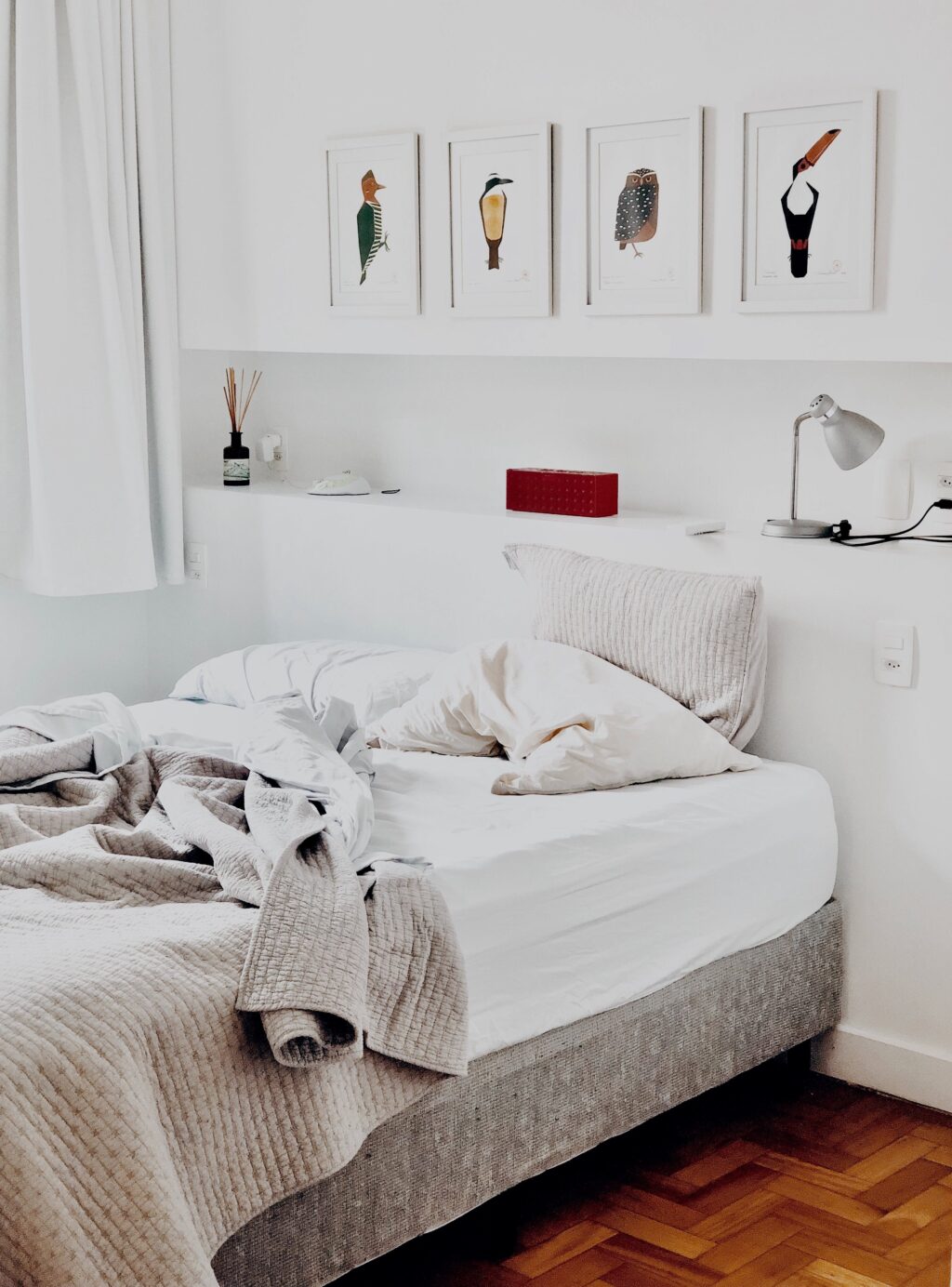
9. Personalized Gallery Walls
Gallery walls with paintings, photos, and souvenirs are unique canvasses for self-expression. They let people express their own stories, connect with their homes, and create unique, warm, and inviting settings. Gallery walls can change with fresh memories and experiences. This art project inspires creativity, sparks conversation, and brings emotion to one’s home, improving well-being and comfort.
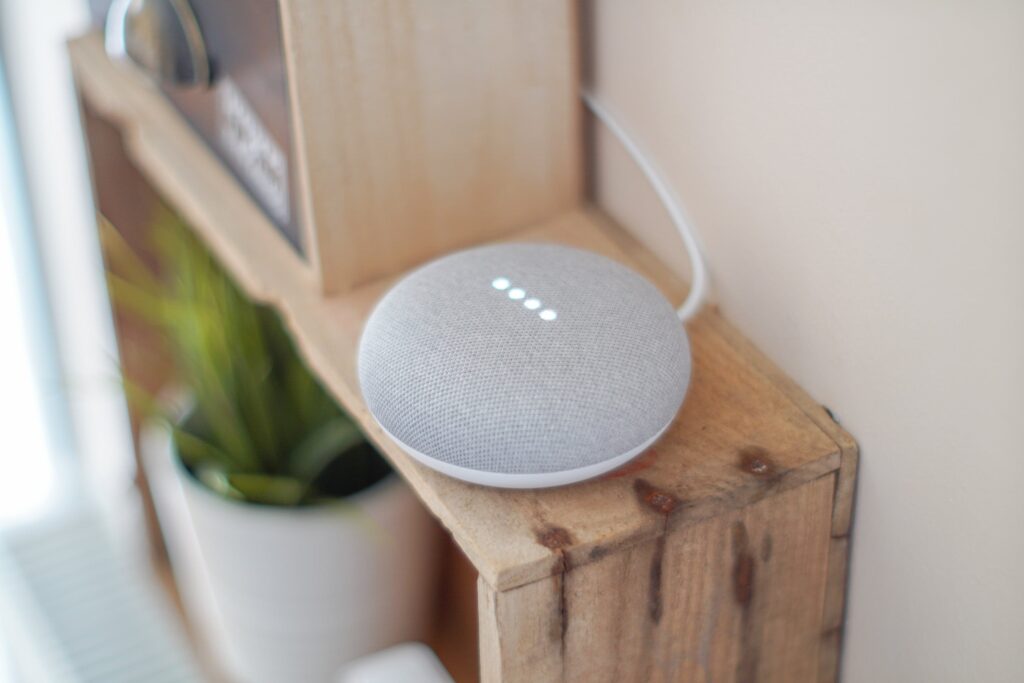
10. Smart Home Integration
Smart technology in home design is transforming modern living by combining convenience and style. Voice-activated appliances and automated lighting are leading this change. Smart lighting solutions are easy to regulate and adapt to different moods and energy needs, improving functionality and ambiance. Sustainability and lower utility bills are achieved by automating thermostats and lighting. Contemporary design complements these sleek, modern equipment, creating a clean, uncluttered appeal. Voice-activated appliances simplify daily tasks, and smart security systems improve safety with remote monitoring. Technology and design enhance modern life.
These modern decor ideas can help you create a room that represents your personality and follows the newest interior design trends. Luxe helps you strike the right balance between classic elegance and modern flair. Mix & match, explore trends, and make your home yours.